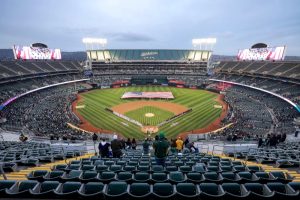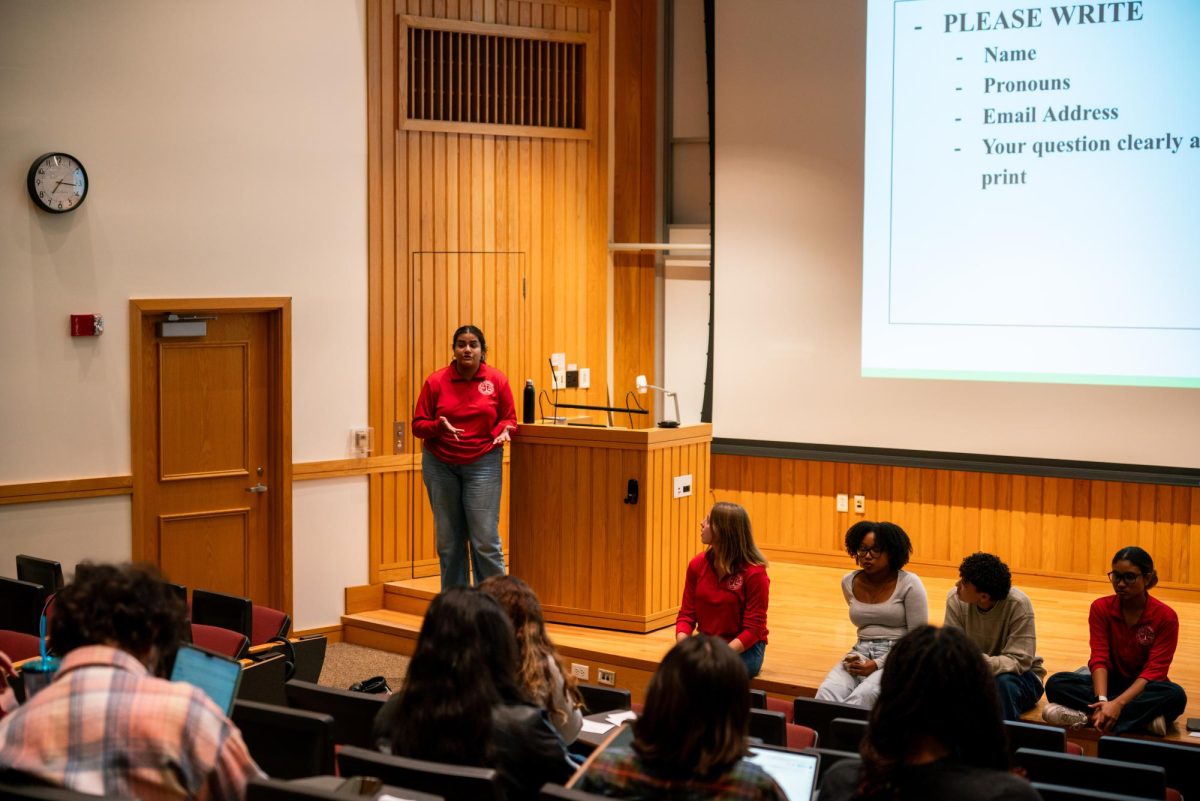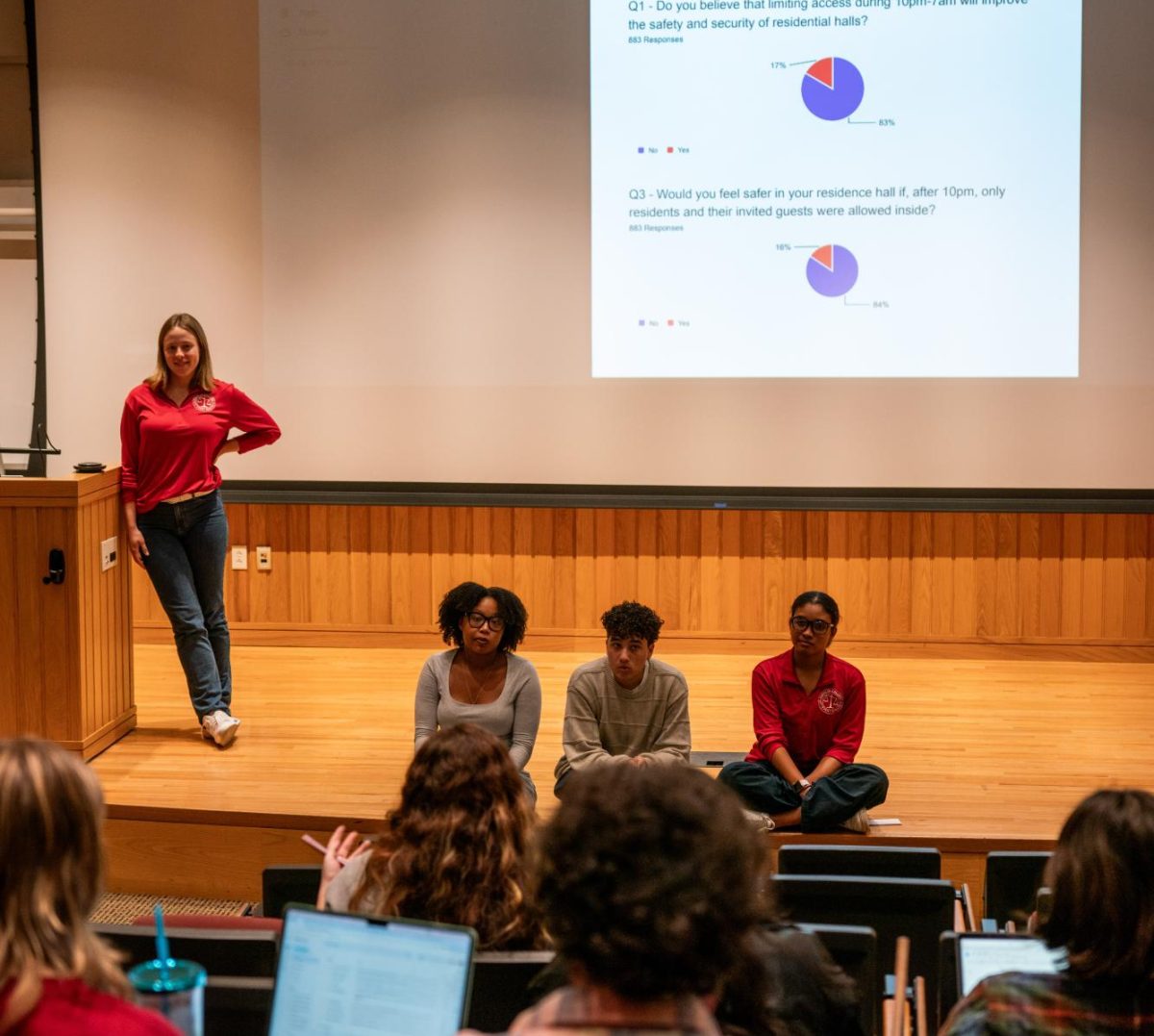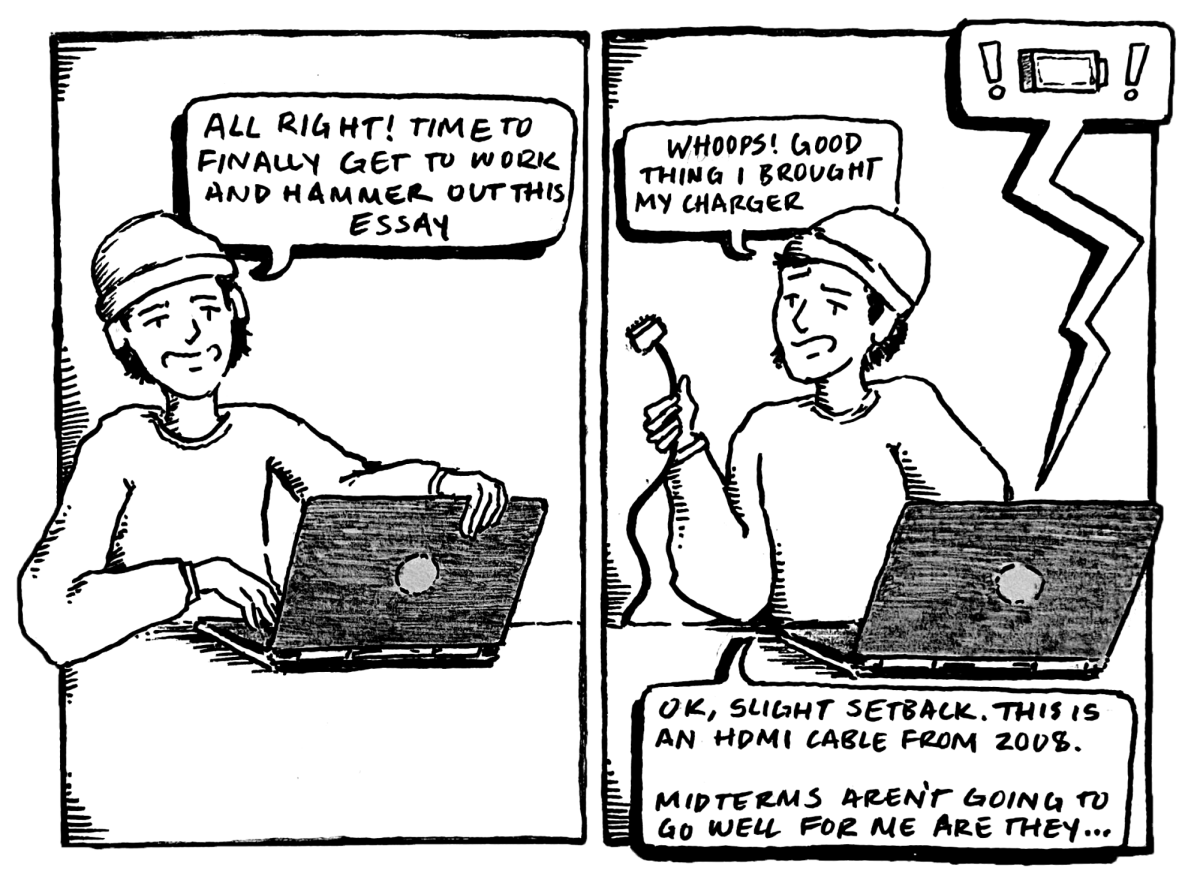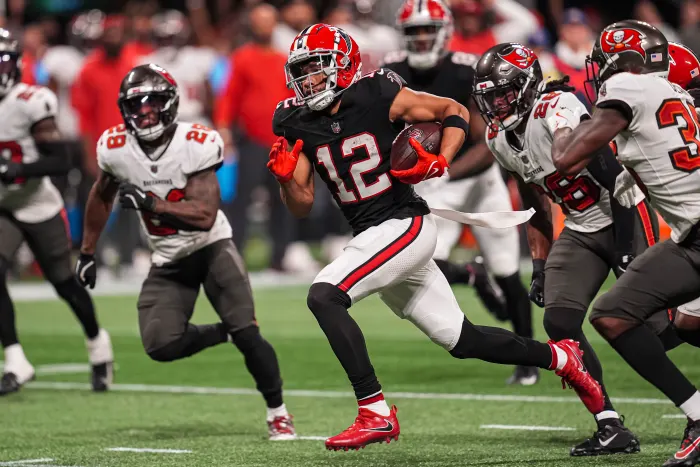I’m Not a Farmer: Why Should I Care About the Farm Bill?
April 12, 2013
In simple terms: Because you eat, and the Farm Bill affects the food in every community, school and grocery store in the United States, along with our regional economies, international trade and agriculture and our climate. While the Farm Bill is only one of many pieces of legislation dealing with agricultural policy, nutrition aid programs, food safety, rural conservation measures, bioenergy and international food aid, it is by far the largest of all those pieces of legislation (annual costs start at about $56.8 billion and can go far higher) and the legislative haggling over the most current iteration has become a battleground for both food and nutrition policy.
So what is the Farm Bill?
The Farm Bill is a massive piece of legislation revised every five years or so with 15 different titles (sections) that cover a range of policies related to agriculture development and subsidies, rural development and national nutrition programs. It is descended from safety net programs put in place during the Dust Bowl, the multi-year social and environmental disaster that gutted rural communities in the 1930s. As farmers fled their land, government officials realized that something had to be done to ensure that farmers could stick around year in and year out, even during a stretch of bad weather. They also realized that farmers had been plowing too much land and planting too much food, leading to lower and lower prices for the main commodity crops like wheat, corn, cotton and rice. The result was a law that paid farmers not to plant all their land and provided support programs when farm prices and income dropped too far. Yet, over time, the farming population dropped dramatically, farms became bigger and more industrialized and the conservative economists of the 1980s and 1990s decided that supply controls should be ended, even as price supports stayed in place, so that we could produce more food.
If you’ve heard anything about the Farm Bill, it is probably about these price supports: the notorious agriculture subsidies that bring us cheap corn and soybeans and thus cheap processed food. These subsidies are of two types: counter cyclical payments, made when commodity crops drop below a certain price on the open market, and direct payments, which are payments made to farmers based on how many acres they planted the previous year. Subsidy proponents claim these subsidies are a safety net that give farmers the “freedom to farm”; others argue that they give farmers the “freedom to fail,” because they offer little in the way of standards for farm- ing practices or products. Now, newer insurance programs that pay for damaged or destroyed commodity crops are the real elephant in the room. Although the 2008 Farm Bill budgeted for about $4.4 billion a year to pay for crop insurance programs, last year the total bill may have topped $16 billion. And these costs will keep going up as droughts, floods, hurricanes and other natural disasters increase in frequency due to climate change.
In all honesty, conversations about commodity subsidies and insurance tend to target commodity farmers, and that’s not really fair. Subsidies and price supports exist because the most powerful players in the food industry (think manufacturers like Coca Cola and the industrial meat and dairy industries) want there to be a huge, cheap supply of raw foodstuffs. They fight tooth and nail against any efforts to set limits on how much farmers plant, conservation standards that try to protect vulnerable land and any national regulation of commodity supplies, even though these standards are sorely needed if our farmland is going to keep producing for us in the long term and our farms are going to stay in the hands of families instead of big land owners. This really is a question of the big guys against the little guys, and the big guys are really, really big and know how to play the system. The result is a food system that is wildly unequal and unjust in just about every way.
There is another part of the Farm Bill you’ve definitely heard about, although you may not have realized that the two were connected: The Supplemental Nutrition Assistance Program, or SNAP ( formerly known as food stamps), is the main part of the Farm Bill’s largest section, the Nutrition Title. Nutrition programs make up about two-thirds of the 2008 Farm Bill’s total mandatory budget each year, at about $37.8 billion.
These programs are targeted to offer food support for families making less than $2,498 per month, for pregnant and nursing mothers and their children and for the elderly. With the recent economic recession, SNAP now provides crucial support to one in seven Americans. Like other Farm Bill programs, SNAP also has its roots in the Great Depression’s New Deal programs, when it was meant to help struggling families avoid hunger while building up a market for fresh farm products that might otherwise go to waste. Today, debates around SNAP tend to ignore the economic stimulus that the program provides for local food economies and instead focus on controlling or providing purchasing choices, whether through implementing bans on soda purchases with SNAP dollars or talking about bringing SNAP users into farmers markets.
Conventional wisdom says that nutrition programs have stayed in the Farm Bill because urban congresspeople otherwise would not vote for a bill that allocates so much money to agriculture.
This highlights the fact that the Farm Bill is many different things to different people: You’ve got the big agribusiness lobbyists versus the sustainable farming advocates; farming communities versus inner city communities; public health advocates against the environmentalists; and on and on. The Farm Bill is so big and so divisive that groups that should be working together missed that opportunity, and Congress has failed to find the urgency to pass a new bill, which was due in 2012. This spring, all types of programs are being cut in part or fully due to sequestration procedures, but sustainable agriculture programs, equitable access to farming support infrastructure and resources that directly benefit rural communities and economies are the first pieces to go and the most deeply cut (commodity subsidies are also being cut; SNAP and crop insurance are not).
Of course, we would do better to work together because a fairer food system is something we desperately need. We need to increase programs to support young farmers, women farmers, immigrant farmers and farmers of color. We need to talk about what will happen if we say we’ll just keep paying insurance bills for farmers who are not practicing sustainable cultivation methods in an era of big, expensive natural disasters. We need to find ways to support all kinds of farming, not just the big commodities, but also fresh fruits, vegetables and other staple crops. And we need to put control of our farms, rural communities and regional food systems back in the hands of the people who live and work in those places instead of maintaining a national food system that functions at the mercy of big businesses.
National policy making is long, messy and frustrating — I’ve been following and work- ing on these fights for over two years and seen little movement — but the potential for life-changing payoff is big, if we can pull off even a few small changes.
It’s time for all of us to pay attention to national farm and food policy and try to make our voices heard, because a lot more than our next lunch is depending on it.


